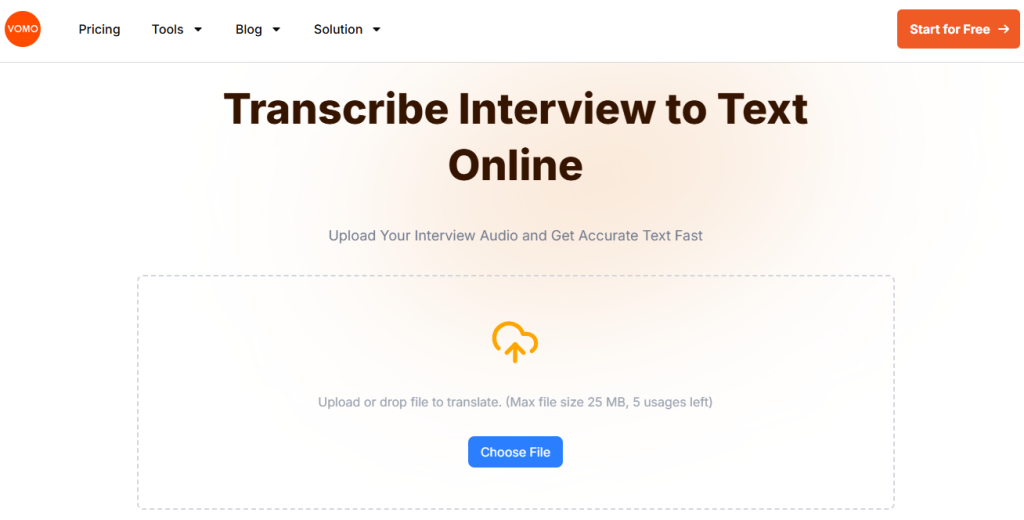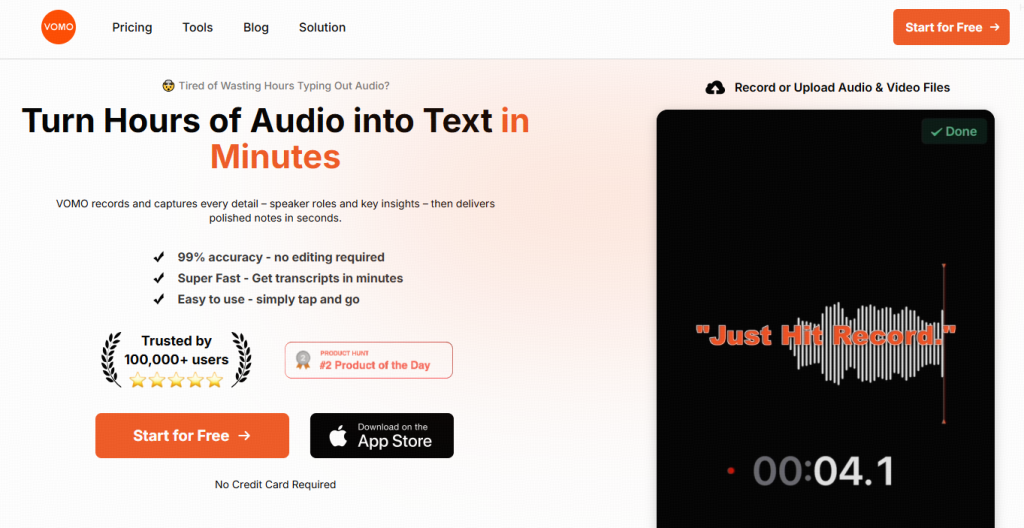There are three main ways journalists can 인터뷰 기록:
- they can type manually while listening to the recording
- use AI 전사 tools that automatically convert 오디오를 텍스트로 변환
- rely on professional transcription services for higher accuracy.

Pros and Cons of the Three Transcription Methods
Each of the three transcription methods offers unique advantages and drawbacks, and journalists often choose based on their time, budget, and accuracy needs.
수동 전사 provides the highest control and precision, but it is very time-consuming and can slow down the reporting process.
AI 전사 도구 are fast, cost-effective, and convenient for turning large volumes of audio into text, though they may struggle with background noise, accents, or technical terminology.
Professional transcription services combine human expertise with technology to deliver highly accurate results, but they are usually the most expensive option and may take longer than automated tools.
A clear comparison table for the three transcription methods
| 방법 | 장점 | 단점 |
|---|---|---|
| 수동 전사 | – Highest control over accuracy- Helps journalists engage deeply with content | – Very time-consuming- Inefficient for long interviews |
| AI Transcription Tools | – Fast and cost-effective- Easy to handle large volumes of audio to text | – Errors with background noise, accents, or technical terms |
| 전문 서비스 | – Highly accurate- Can handle complex, multi-speaker interviews | – Most expensive option- Turnaround time longer than AI tools |
Manual Transcription: The Traditional Approach
Some journalists still prefer to manually type interviews by pausing and replaying recordings. This method gives them full control over accuracy, but it is very time-consuming. A one-hour interview can take three to four hours to transcribe manually.
Using Audio to Text Tools to Transcribe Interviews
Modern journalists often rely on 오디오를 텍스트로 변환 software that automatically converts recordings into written transcripts. These tools significantly speed up the workflow, reduce errors, and allow journalists to focus more on analyzing content rather than typing. Many AI transcription tools also include features like speaker identification, timestamps, and searchable transcripts.

Best AI Transcription Tools for Journalists
For journalists looking to save time and boost accuracy, AI-powered transcription tools are essential. Here are three of the best options:
- VOMO – A versatile tool that supports both audio and video transcription, making it ideal for interviews conducted across different platforms. It also provides summaries and keyword extraction to speed up the reporting process.
- Otter.ai – Popular among professionals, Otter offers real-time transcription, speaker identification, and integration with Zoom, making it a strong choice for live interviews and meetings.
- 아니오 – Known for its user-friendly interface, Notta delivers quick and accurate transcriptions with multi-language support, making it useful for international journalism.
전문 전사 서비스
For high-stakes interviews where accuracy is critical, journalists sometimes outsource to professional transcription services. These services combine human editors with AI tools to ensure high accuracy, especially in cases involving technical terms, multiple speakers, or poor 오디오 품질.
Transcribing Video Interviews
When interviews are conducted over Zoom, YouTube, or other platforms, 비디오를 텍스트로 변환 transcription tools come into play. These tools extract audio from video files and generate accurate transcripts, making it easy to document virtual interviews and online press conferences.
Solutions like VOMO also support video transcription, allowing journalists to quickly turn recorded video content into clear, searchable text.
Best Practices for Journalists When Transcribing Interviews
- Always proofread automated transcripts for accuracy.
- Use timestamps to quickly find important parts of the recording.
- Highlight key quotes for easy reference during article writing.
- Keep transcripts securely stored for future verification.


